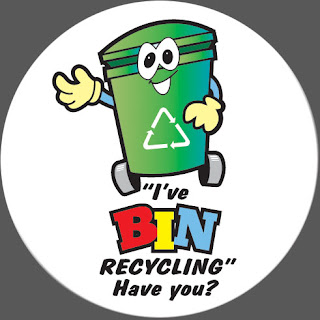Recycling is processing used materials (waste) into new products to prevent waste of potentially useful materials, reduce the consumption of fresh raw materials, reduce energy usage, reduce air pollution (from incineration) and water pollution (from landfilling) by reducing the need for "conventional" waste disposal, and lower greenhouse gas emissions as compared to virgin production. Recycling is a key component of modern waste reduction and is the third component of the "Reduce, Reuse, Recycle" waste hierarchy.
Recyclable materials include many kinds of glass, paper, metal, plastic, textiles, and electronics. Although similar in effect, the composting or other reuse of biodegradable waste – such as food or garden waste – is not typically considered recycling. Materials to be recycled are either brought to a collection center or picked up from the curbside, then sorted, cleaned, and reprocessed into new materials bound for manufacturing.
Recycling Process:
1. Collection:
A number of different systems have been implemented to collect recyclables from the general waste stream. These systems lie along the spectrum of trade-off between public convenience and government ease and expense. The main categories of collection are "Recycling-banks", "drop-off centres", "buy-back centres" and "curbside collection"
2.Sorting:
After the collection the recyclables are delivered to a central collection facility where different types of materials are sorted. This job is done with a few automated processes, thus the time for sorting decreases greatly.Next, automated machinery separates the recyclables by weight, splitting lighter paper and plastic from heavier glass and metal. Cardboard is removed from the mixed paper, and the most common types of plastic, PET (#1) and HDPE (#2), are collected
And finally different materials are taken through different recycling processes. One of them is illustrated below.
The recycling process can save our time, money and environment. So, start recycling.















